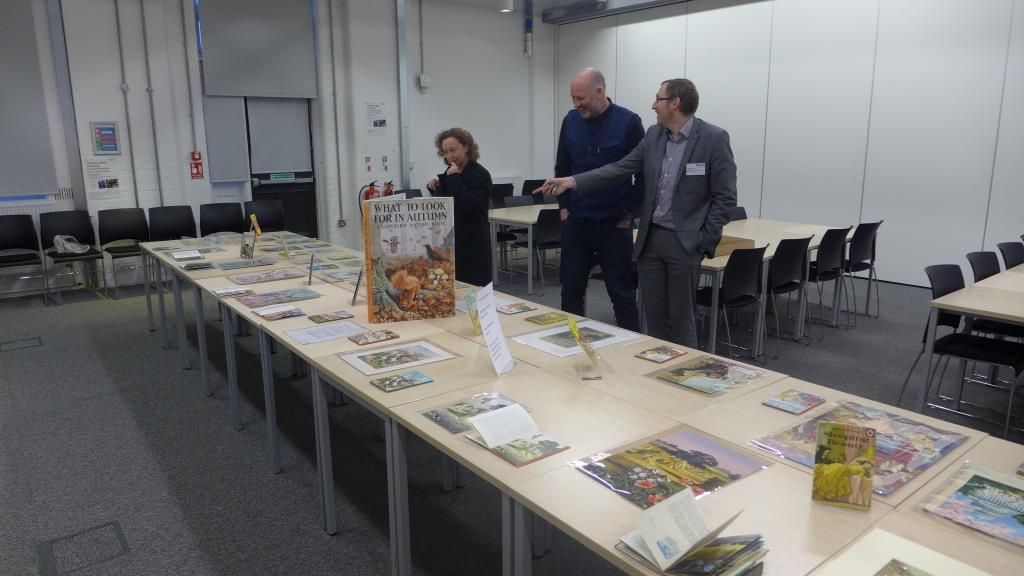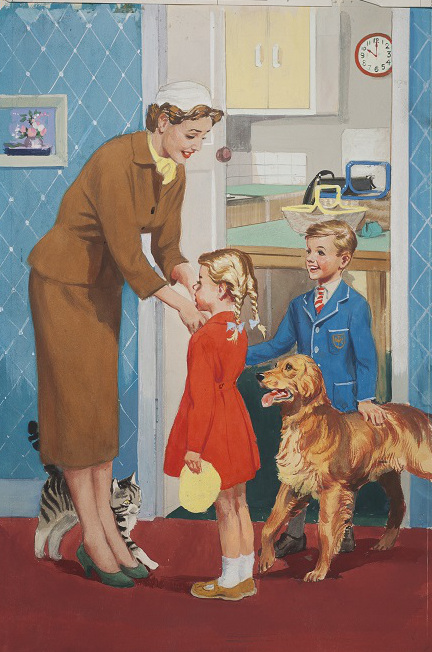For the month of March 2015, Rural Reads Plus read Winter Sonata by Dorothy Edwards. We have the Dorothy Edwards Collection within our Special Collections plus it also a rural read, so the book fits entirely into our remit.
Winter Sonata tells the story of young Arnold Nettle, who has left the city due to ill health and moved to a secluded village deep in the countryside. He takes up the post as a telegraph clerk and moves in with an overbearing landlady and her promiscuous daughter Pauline, who is dating all the choir boys! The drive of the story is led by Nettle’s relationship with the upper middle class family who live in the ‘big’ house – where the sisters Olivia and Eleanor reside along their guest, the pompous and what we described as ‘slimy’ Mr Premiss.
Admittedly we didn’t enjoy the story. We found the plot bland and wanting, and it wasn’t helped by the flat and annoying characters. The character Olivia was referred to as ‘big eyes’ throughout the discussion and we felt that Edwards over-emphasised the point that Olivia’s face represented the moon. The discussions between characters were often bland or plain boring that didn’t lead anywhere – though I personally felt this could have been an existential metaphor by Edwards regarding life. We were expecting more of a romantic lead and there is a scene early on between Nettle and Olivia in the telegram office which is promising, but disappointingly it doesn’t go anywhere, like the rest of the book.
We did thoroughly enjoy the beautiful nature descriptions by Edwards – for example, ‘Here and there among them was the dark, deep green of fir trees which seemed to stand down there among the shades like heroes who alone can descend living into Hades.’
An aspect which did confound and vex us was the emptiness of this apparently busy village; the reader rarely meets anyone who isn’t a central character, apart from the ‘choir boys’ who move as a rowdy herd while Pauline picks them off one by one like antelope. Could this have been a metaphor representing the loneliness and solitude of life?
Dorothy Edwards tragically committed suicide at the age of 33 in 1934. Her death loomed over our conversations and we did use her suicide as a lens to look at her work, which meant at times it was difficult to be completely objective. We were surprised to see that she had written the well-known book My Naughty Little Sister, a children’s book which is the polar opposite to Winter Sonata.
In conclusion we enjoyed the nature writing but not the story; I personally would recommend reading this short book but I don’t think the rest of the book group would.
To coincide with the release of a new cinematic adaptation of Far from the Madding Crowd by Thomas Hardy in May, we’re reading it for the month of April. I’m looking forward to reading a Hardy classic.







